Natural History Museum Tour
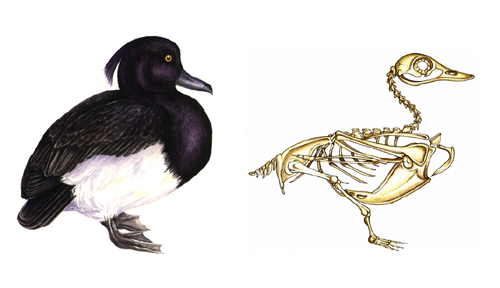
Natural History Museum: Spirit Collection tours
Finding myself in London, I visited the Natural History Museum. I took myself and assorted (older) children on one of their wonderful Spirit Collection tours. This is a behind the scenes look at some of the enormous collection of animal specimens held in the Darwin Centre at the Natural History museum. Most are pickled in ethanol or formalin.
I’ve tried to illustrate this blog with my own pictures. However, I have few illustrations of animals pickled in jars, so you’ll have to use your imaginations…
Flesh stripping beetles at the Natural history museum
The first stop was to peer through the window of a room where beetles are set to work, cleaning flesh from skeletons of animals which the scientists wish to preserve. We saw a fish skeleton being stripped. These amazing insects can make short work of large mammals too. Here’s what they’d do to a dead tufted duck:

We passed through the doors to the collection (which is not open to the public except on these tours) and soon found ourselves in a room lined with metal chests, all of which are stuffed with jars of specimens.
Jars of specimens
Some were on show for us, they included a jar of pickled rats,
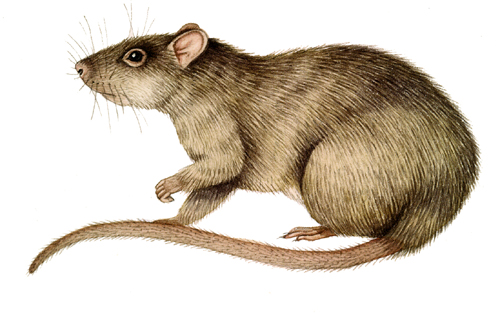
a pangolin,
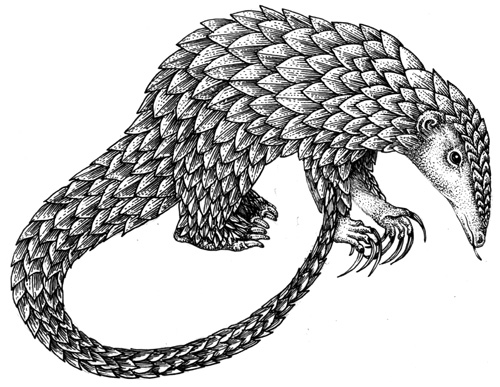
naked mole rats, fruit bats, and a foetal common seal (correctly identified by my nephew, much to my shame. I thought it was a mole…)

The Natural History Museum Tank Room
Next, we went to the tank room where the larger specimens are stored. Some are in enormous glass jars, where the truly extraordinary coelacanth is kept. This fish was believed extinct. It was only known from fossil records til the 1920s when a specimen was spotted in a market in the Comoros islands. It’s an extraordinary tale, (beautifully told in A fish Caught in Time by Samantha Weinberg). What an amazing treat to see the specimen that brought this living fossil into the 20th century.
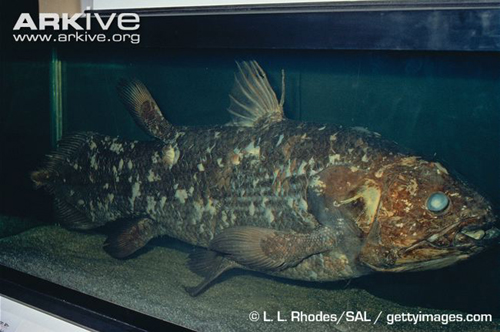
They also had really large metal tanks for the biggest specimens like whales and monitor lizards.
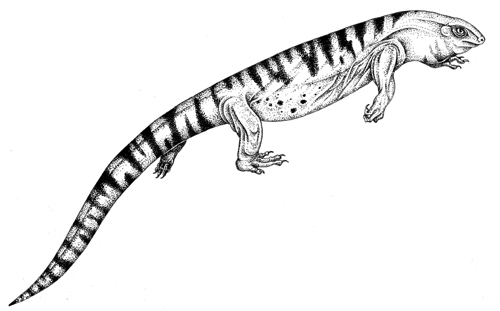
There were also severed sharks heads in jars, two of which were brought to the Natural History Museum by wheelbarrow from the fish counter at Harrods.

The Giant Squid
The tour de force in the tank room was the giant squid. Even though it’s not full grown, it’s the length of a London bus. We learnt some amazing things about squid. They have blue blood thanks to copper replacing iron as an oxygen carrier. Their hearts are donut shaped to allow their stomachs through the middle. I love this kind of biological detail, it’s truly thrilling (for me.) Below are some cephalopod illustrations, including the (far smaller) common squid. I’m not the only one to be inspired by the squid. Alice Shirley’s life-size illustration of the creature, depicted in squid ink, is well worth looking at.
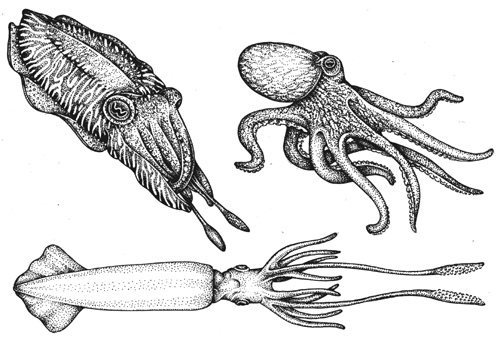
Charles Darwin at the Natural History Museum
Next, we were shown some of the museum’s mot valuable specimens. Actual jars and animals collected by Charles Darwin on his voyage on board the Beagle. And his pet tortoise.
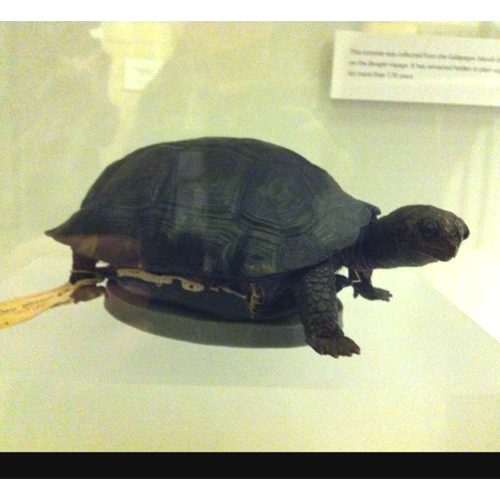
The Natural History Museum’s collection of Type Specimens
We were also told about “type specimens”; the animal which is used as an example of that particular species; one which shows all the defining characteristics and to which all subsequent specimens of the same creature need to be compared. Because of the age and enormity of the Natural History Museum’s collection (over 7 million specimens in the spirit collection alone), these are really common at the museum. You can identify type specimens as the lids of their jars are painted yellow or white.
As we left, we passed Charles Darwin’s pet octopus, and a jar of clams.
I was blown away by this tour, and the three children I took haven’t stopped talking about the giant squid since. it was a truly wonderful way to spend time, and goes to show what an incredible resource the Natural History Museum in London is.

